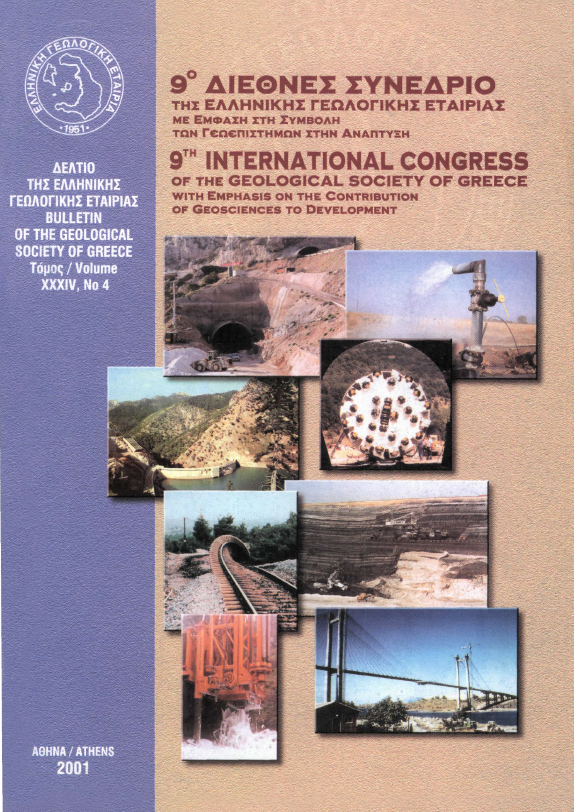Spatial distribution of the seismic hazard parameters in the seismogenic sources of Japan

Abstract
The seismicity parameters in the seismogenic zones of Japan are estimated by the application of two different approaches. These are the maximum likelihood method as well as the Bayesian estimator is invoked in order to check the validity of the results. Both methods allow us to estimate the maximum regional (possible) earthquake M , the well known value β (b=ßloge) which is the slope of the magnitude-frequency relation and the mean activity rate /[ of the seismic events. The present study is focused in the first two parameters searching for any pattern on their geographical distribution through the sources of Japan. Two are the main assumptions adopted for both methods: 1) the seismic events are of Poissonian character and 2) the magnitude-frequency law is governed by Gutenberg-Richter type. The methods allow to account the influence of uncertainties of the earthquakes magnitude. Taking into account these properties we found that the values of M are different and bigger than the observed M^*x . The estimated b-values show very low values in the seismogenic sources 2 and 7. In comparison with other measurements from other authors these two sources suggested to be areas with very high probability for an large earthquake occurrence
Article Details
- How to Cite
-
TSAPANOS, T. M., KORAVOS, G. C., PATSIA, C. I., & KOULARAS, D. T. (2001). Spatial distribution of the seismic hazard parameters in the seismogenic sources of Japan. Bulletin of the Geological Society of Greece, 34(4), 1627–1633. https://doi.org/10.12681/bgsg.17272
- Section
- Seismology

This work is licensed under a Creative Commons Attribution-NonCommercial 4.0 International License.
Authors who publish with this journal agree to the following terms:
Authors retain copyright and grant the journal right of first publication with the work simultaneously licensed under a Creative Commons Attribution Non-Commercial License that allows others to share the work with an acknowledgement of the work's authorship and initial publication in this journal.
Authors are able to enter into separate, additional contractual arrangements for the non-exclusive distribution of the journal's published version of the work (e.g. post it to an institutional repository or publish it in a book), with an acknowledgement of its initial publication in this journal. Authors are permitted and encouraged to post their work online (preferably in institutional repositories or on their website) prior to and during the submission process, as it can lead to productive exchanges, as well as earlier and greater citation of published work.



